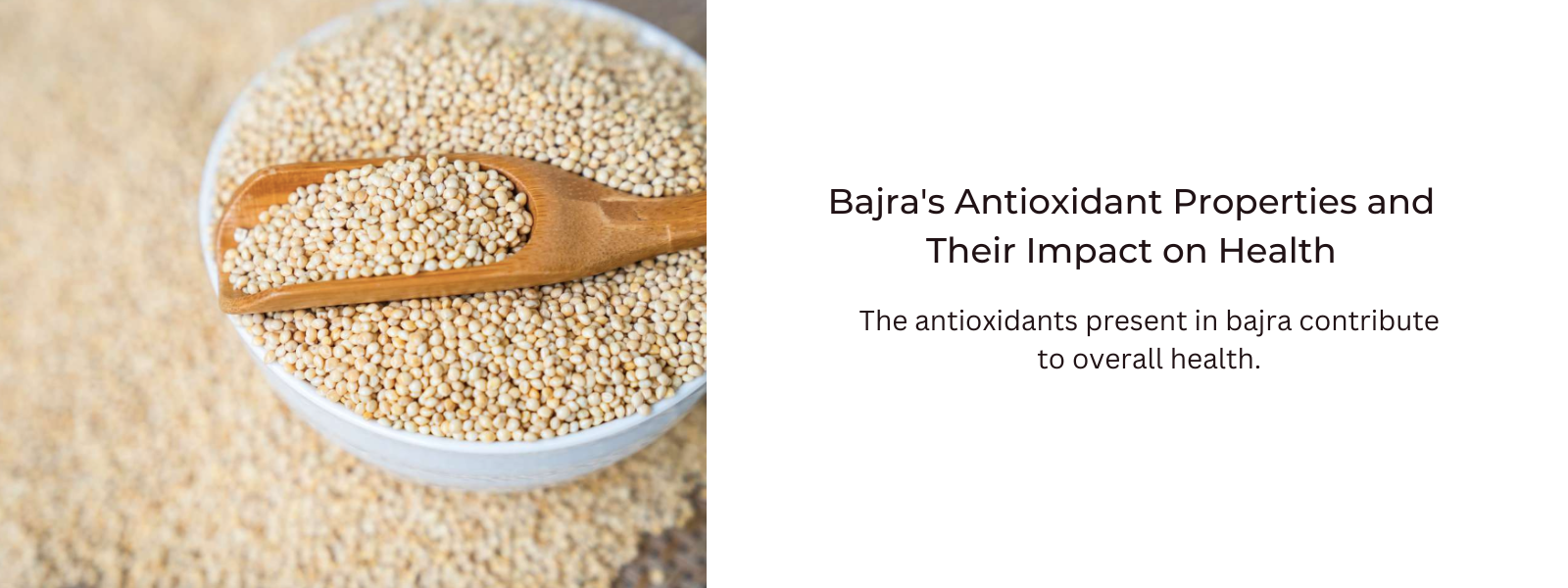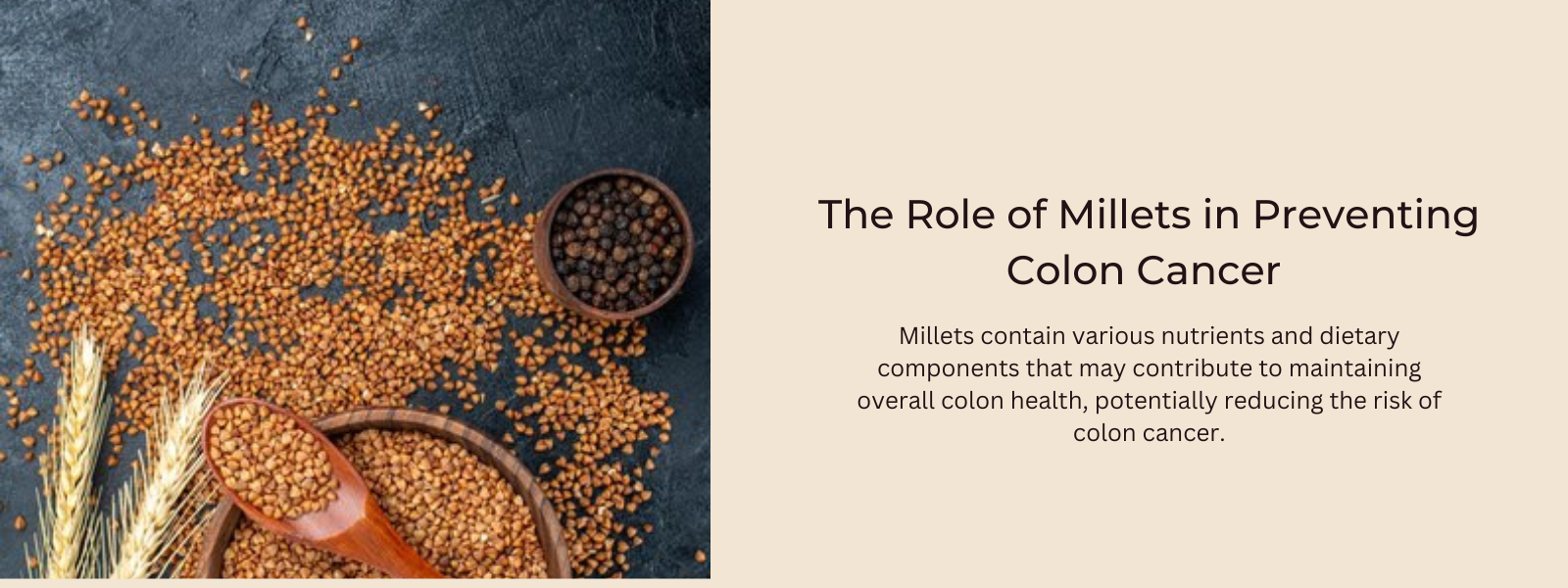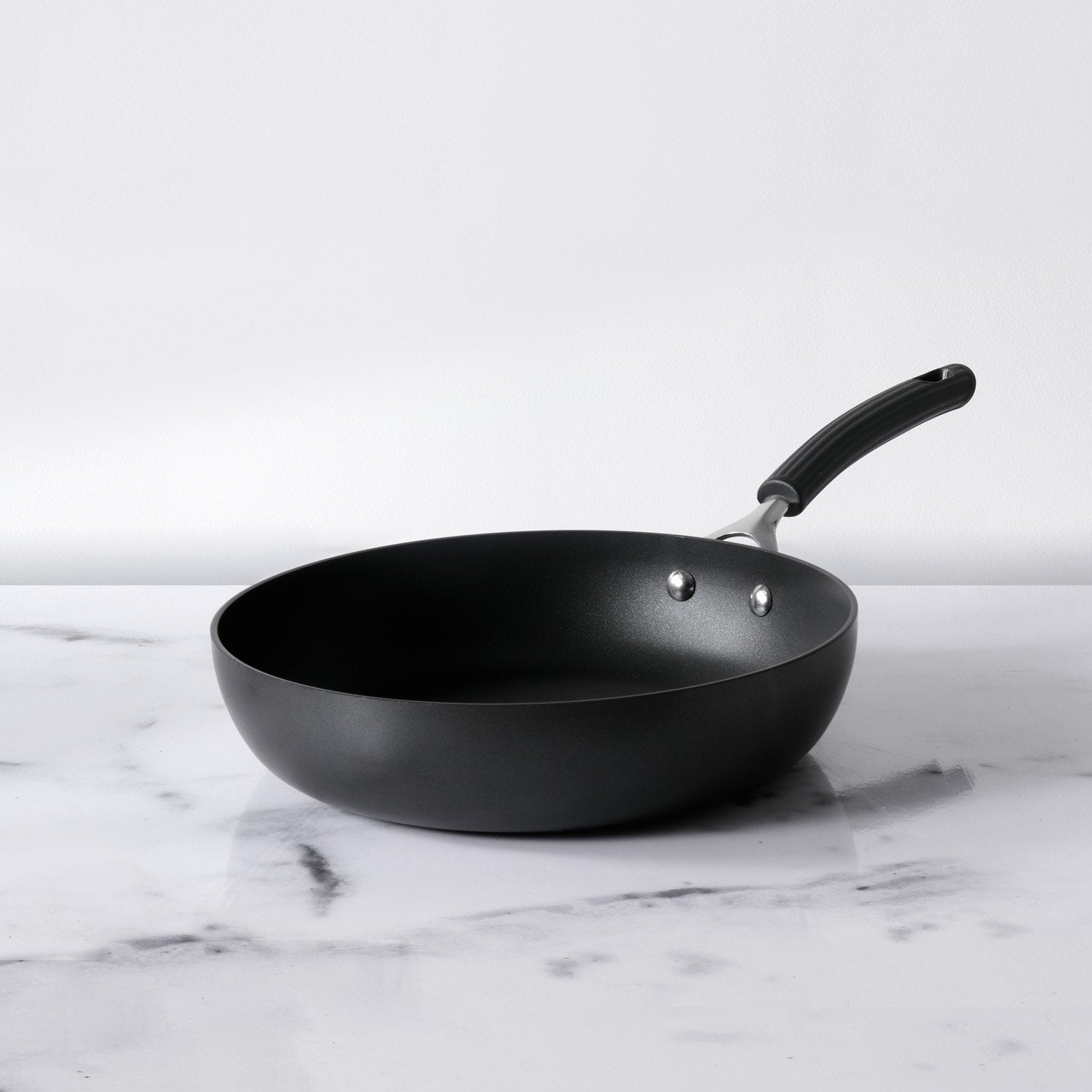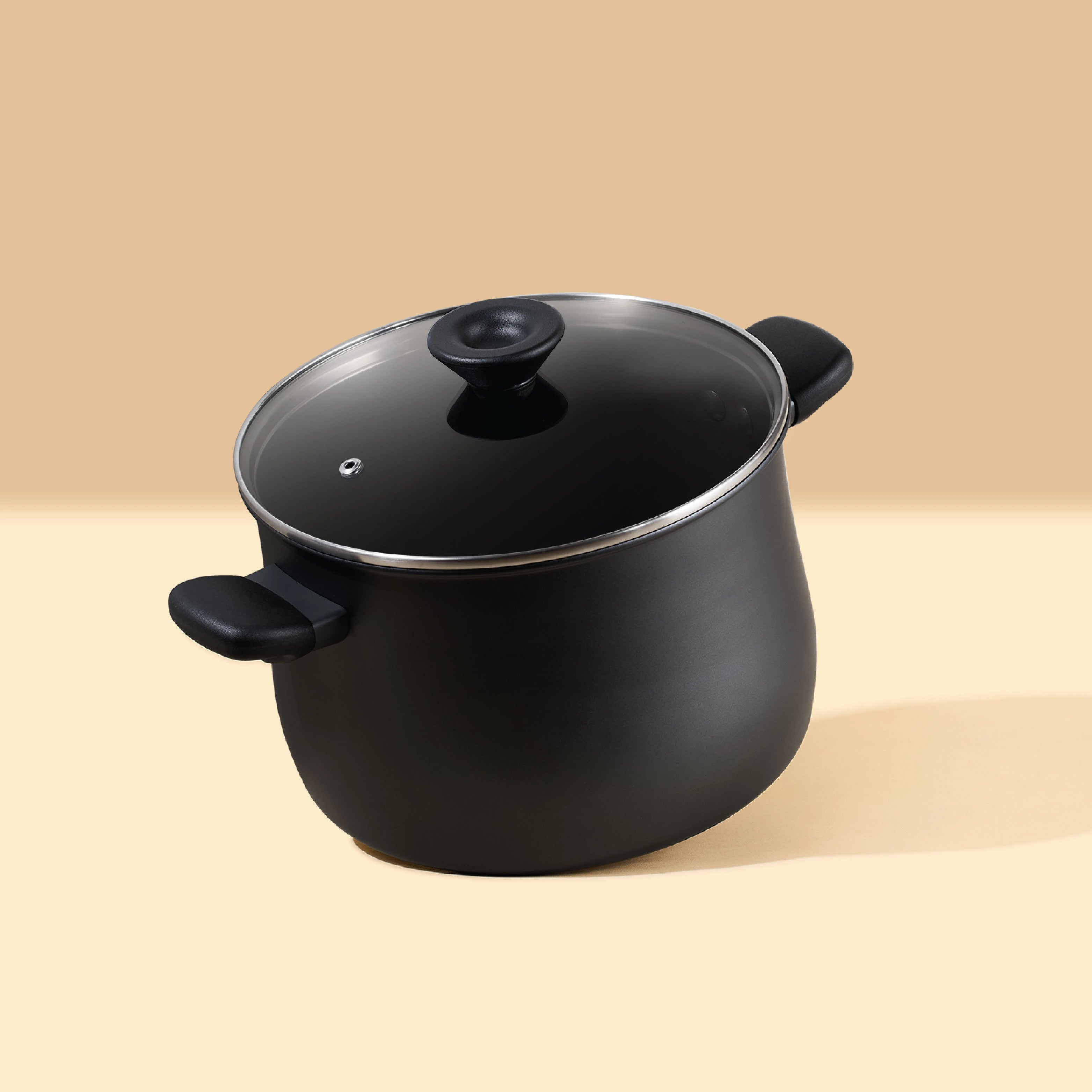Incorporating foxtail millet into your diet can offer various health benefits, making it a valuable addition to a balanced and nutritious eating plan, especially for those seeking gluten-free alternatives.
Table of Contents
Is Foxtail Millet Gluten Free?
Yes, foxtail millet is naturally gluten-free. It does not contain gluten, making it a suitable and safe option for individuals who need to avoid gluten in their diets due to celiac disease, gluten intolerance, or other health reasons related to gluten sensitivity.
For individuals on a gluten-free diet, foxtail millet serves as a beneficial alternative to wheat and other gluten-containing grains. It can be used in various culinary preparations, providing a versatile and nutritious gluten-free option for dishes such as porridge, upma, dosa, idli, and more.
How Is Foxtail Millet Different From Other Millets?
Foxtail millet, while belonging to the millet family, has its distinct characteristics that set it apart from other types of millets:
- Grain Appearance: Foxtail millet grains are small, round, and resemble the shape of a fox's tail, hence the name. However, the appearance varies from other millets like pearl millet, finger millet, little millet, and barnyard millet, each having its unique grain shape, size, and color.
- Culinary Use: Foxtail millet is versatile and used in various culinary dishes such as porridge, upma, dosa, idli, and can also be used as a rice substitute. Similarly, other millets have their traditional uses, like finger millet (ragi) used in porridge, flatbreads, and baked goods, or pearl millet (bajra) commonly used in making rotis.
- Cultivation and Adaptability: Foxtail millet, like other millets, is resilient and can grow in diverse climatic conditions. It thrives in semiarid tropical regions and is cultivated in countries like India, China, and parts of Africa. Each millet variety may have specific growing preferences based on soil, temperature, and rainfall.
- Nutritional Profile: While all millets are generally considered nutritious, they differ slightly in their nutritional content. Foxtail millet, for instance, contains essential nutrients such as protein, dietary fiber, vitamins, and minerals like iron, calcium, magnesium, and phosphorus. The specific nutrient composition might vary among different millet varieties.
Despite these differences, all millets share some common traits, including being gluten-free, rich in nutrients, and offering various health benefits. Incorporating a variety of millets into one's diet can provide a diverse range of nutrients and culinary options.
Which Millet Is Considered As The Best Gluten Free Option?
All millets, including foxtail millet, pearl millet, finger millet (ragi), little millet, barnyard millet, and others, are naturally gluten-free grains. Therefore, they can all serve as excellent gluten-free alternatives in various culinary preparations.
Determining the "best" gluten-free millet depends on personal preference, taste, nutritional content, and the specific dish being prepared. Each type of millet offers unique characteristics and nutritional benefits:
- Foxtail Millet: Versatile and mild in flavor, commonly used in dishes like porridge, upma, dosa, and idli.
- Pearl Millet (Bajra): Well-suited for making flatbreads (rotis) and porridge, rich in iron and suitable for individuals with iron deficiency.
- Finger Millet (Ragi): Particularly high in calcium, iron, and amino acids, often used in porridge, dosa, roti, and baked goods.
- Little Millet: Known for its small grain size and used similarly to foxtail millet in dishes such as upma and rice replacements.
- Barnyard Millet: Often used in dishes like porridge, upma, and kheer due to its versatile nature.
Selecting the best gluten-free millet can depend on personal dietary requirements, taste preferences, and the specific recipe or dish being prepared. Incorporating a variety of millets into your diet ensures a diverse intake of nutrients and culinary options for those seeking gluten-free alternatives.
Health Benefits of Gluten-Free Foxtail Millets:
Gluten-free foxtail millet offers numerous health benefits due to its nutrient-rich composition and gluten-free nature:
- Rich in Nutrients: Foxtail millet is a good source of essential nutrients like protein, dietary fiber, vitamins (especially B-complex vitamins), and minerals such as iron, magnesium, phosphorus, and calcium.
- Gluten-Free: Being naturally gluten-free, foxtail millet is safe for individuals with celiac disease, gluten intolerance, or those following a gluten-free diet, providing a suitable alternative to gluten-containing grains.
- Digestive Health: The dietary fiber present in foxtail millet aids digestion, promotes regular bowel movements, and supports a healthy digestive system.
- Blood Sugar Regulation: Foxtail millet has a lower glycemic index compared to some other grains. This quality helps in managing blood sugar levels and can be beneficial for individuals with diabetes or those aiming for better blood sugar control.
- Heart Health: The fiber content in foxtail millet assists in reducing LDL (bad) cholesterol levels, supporting heart health and reducing the risk of cardiovascular diseases.
- Versatile Culinary Uses: Foxtail millet is versatile in the kitchen and can be used in various culinary dishes like porridge, upma, dosa, idli, and baked goods, offering a diverse range of gluten-free meal options.











Leave a comment